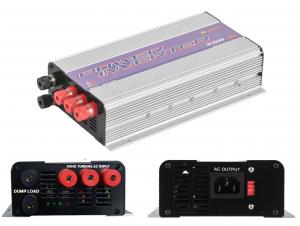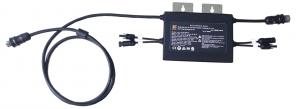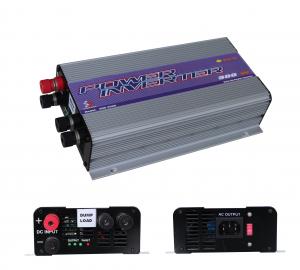Solar Grid Tie Micro Inverter
Solar Grid Tie Micro Inverter Related Searches
Led Light Bulbs For Ceiling Fixtures Led Lamps For Ceiling 42 In Ceiling Fan With Light Parts For Light Fixtures Light Projector For Christmas Grill With Led Light Bar Hanging Lights For Kitchen Bar Ceiling Lights For Sitting Room Ceiling Brackets For Lights Ceiling With Led LightsHot Searches
Aluminium Wire Mesh Manufacturers India Ceiling Fan Lowest Price Aluminium Scaffold Planks Sale Aluminium Walkway Mesh Prices Aluminum Bar Stock For Sale High Mast Light Price List Solar High Mast Light Specification High Mast Light Specification 6061 Aluminum Bar Stock Price Aluminum Bar Stock Price Stage Light Price Solar Inverter Fault Light Led Light Manufacturers Aluminum Round Bar Stock Sizes Aluminum Round Bar Stock Near Me Ceiling Fan Lowest Price Aluminum Flat Bar Stock Near Me Aluminum Bar Stock Sizes Aluminum Bar Stock Suppliers Aluminum Bar Stock Near MeSolar Grid Tie Micro Inverter Supplier & Manufacturer from China
Okorder.com is a professional Solar Grid Tie Micro Inverter supplier & manufacturer, offers integrated one-stop services including real-time quoting and online cargo tracking. We are funded by CNBM Group, a Fortune 500 enterprise and the largest Solar Grid Tie Micro Inverter firm in China.Hot Products
FAQ
- Insulation resistance measurement in a solar inverter is crucial as it helps ensure the safety and efficiency of the electrical system. By measuring the insulation resistance, any potential faults or deteriorations in the insulation can be detected, preventing electrical leakage or short circuits. This measurement also helps identify any insulation breakdowns that may compromise the performance and reliability of the solar inverter. Ultimately, insulation resistance measurement is essential for maintaining the integrity of the solar inverter and ensuring the safety of both the electrical system and the people using it.
- Yes, a solar inverter can be used with different brands of solar panels as long as they have compatible specifications and electrical characteristics. However, it is recommended to consult the inverter manufacturer's guidelines or seek professional advice to ensure compatibility and optimal performance.
- Yes, a solar inverter can be used with different types of solar charge controllers as long as they are compatible in terms of voltage and communication protocols. However, it is important to ensure that the solar inverter and charge controller are properly matched to ensure optimal performance and safety.
- A solar inverter protects against overvoltage by constantly monitoring the voltage level of the solar panels. If the voltage exceeds a predetermined threshold, the inverter will automatically reduce the power output or shut down to prevent damage. Similarly, to protect against overcurrent, the inverter continuously monitors the current flowing through the system. If the current surpasses a safe limit, the inverter will limit the output or shut down to prevent overheating and potential hazards.
- The lifespan of a solar inverter typically ranges from 10 to 20 years, depending on various factors such as the quality of the inverter, usage patterns, maintenance, and environmental conditions.
- Yes, a solar inverter can be used with a solar-powered swimming pool heater. The solar inverter is responsible for converting the DC (direct current) electricity produced by the solar panels into AC (alternating current) electricity that can be used to power the swimming pool heater.
- A solar inverter handles power quality disturbances by monitoring the incoming power from the solar panels and adjusting its output accordingly. It uses various control mechanisms to regulate voltage and frequency, ensuring that the power generated by the solar panels is synchronized with the grid. This helps in maintaining a stable and high-quality power supply, minimizing the impact of disturbances such as voltage fluctuations or frequency variations. Additionally, some advanced solar inverters also offer features like grid support functions and reactive power compensation to further enhance power quality.
- Yes, there are government incentives available for installing a solar inverter. Many countries and states offer various financial incentives, such as tax credits, rebates, grants, or low-interest loans to promote the adoption of renewable energy technologies like solar inverters. These incentives aim to encourage individuals, businesses, and organizations to invest in clean energy solutions and reduce their carbon footprint. It is advisable to check with local government authorities or renewable energy agencies to determine the specific incentives available in your area.













































